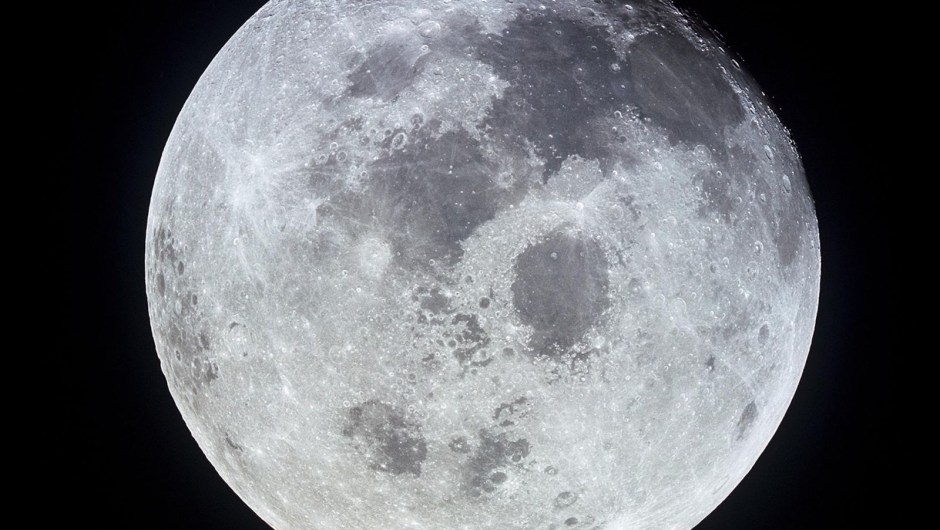(CNN) -
There may be more water on the Moon than previously believed, and it could be used as a resource during upcoming missions, such as NASA's return of humans to the lunar surface through the Artemis program.
The two studies were published in the journal Nature Astronomy, and the researchers shared their findings during a NASA press conference on Monday.
The research is based on data collected by NASA's Lunar Reconnaissance Orbiter, in orbit around the Moon since June 2009, as well as the airborne telescope of the agency's Stratospheric Observatory for Infrared Astronomy, called SOFIA.
The latter is a Boeing 747SP aircraft modified to carry a 2.7-meter telescope.
NEWS: We confirmed water on the sunlit surface of the Moon for the 1st time using @SOFIAtelescope.
We don't know yet if we can use it as a resource, but learning about water on the Moon is key for our #Artemis exploration plans.
Join the media telecon at https://t.co/vOGoSHt74c pic.twitter.com/7p2QopMhod
- Jim Bridenstine (@JimBridenstine) October 26, 2020
advertising
In the first study, the researchers used SOFIA to observe the Moon at a wavelength that revealed the signature of molecular water, or H2O.
"For the first time, the presence of water has been confirmed on the surface of the sunlit Moon," said Paul Hertz, director of NASA's Astrophysics Division during Monday's press conference.
Previous research revealed water detections on the Moon's surface near the south pole.
But the molecular water signature at the wavelength used in this research could also be associated with hydroxyl, which is hydrogen-bonded oxygen.
In organic chemistry, alcohols tend to include hydroxyl, which helps make molecules soluble in water.
SOFIA detections confirm that water, not hydroxyl, can be found trapped in glass or between grains on the Moon at its high southern latitudes.
There, the water is present between 100 and 400 parts per million.
The fact that this water is within the grains or between grains on the lunar surface helps protect it from the harsh and irradiated environment of the moon.
In the second study, the researchers used data from the lunar orbiter to study cold traps in permanently shadowed areas of the moon, where water could remain frozen.
Some of these cold traps may have evaded the sun for billions of years.

